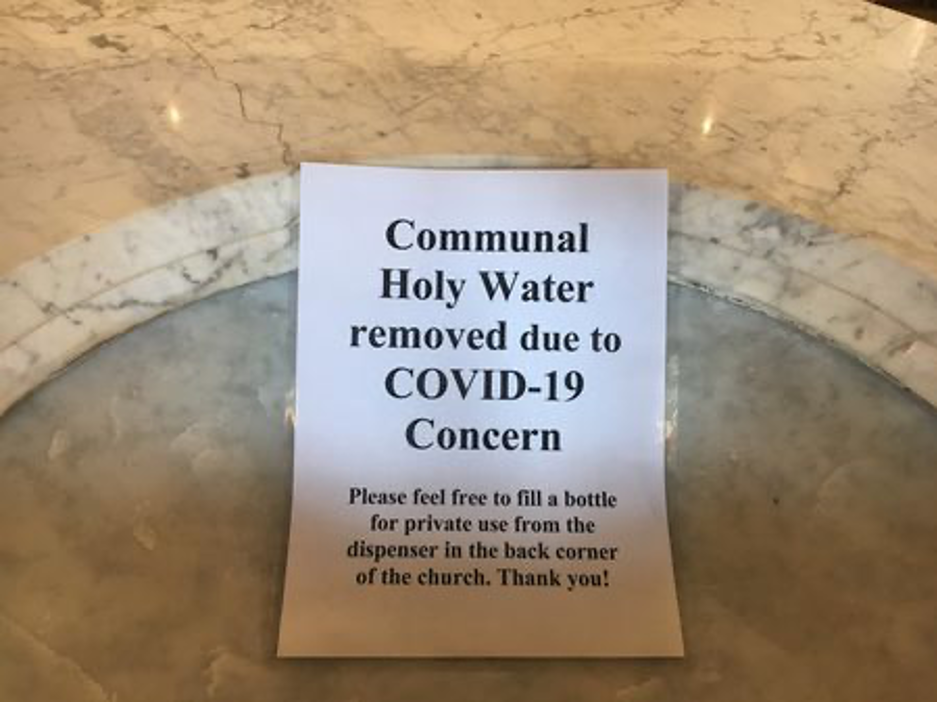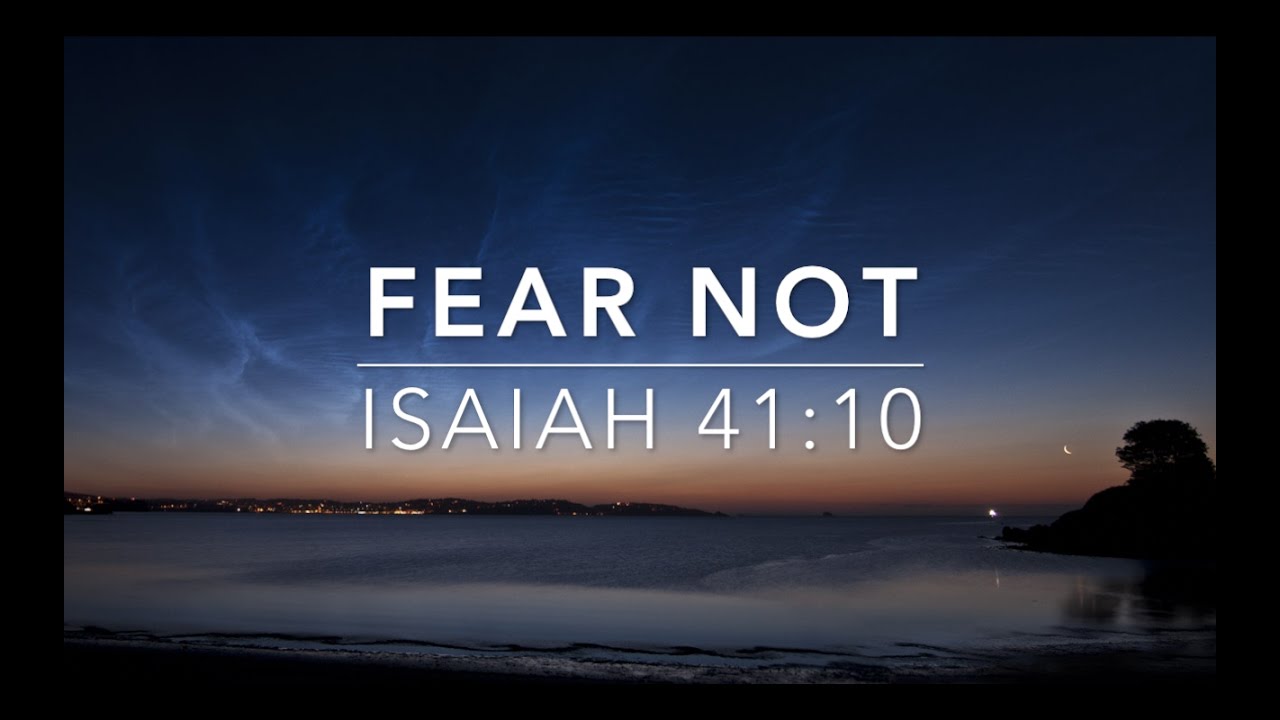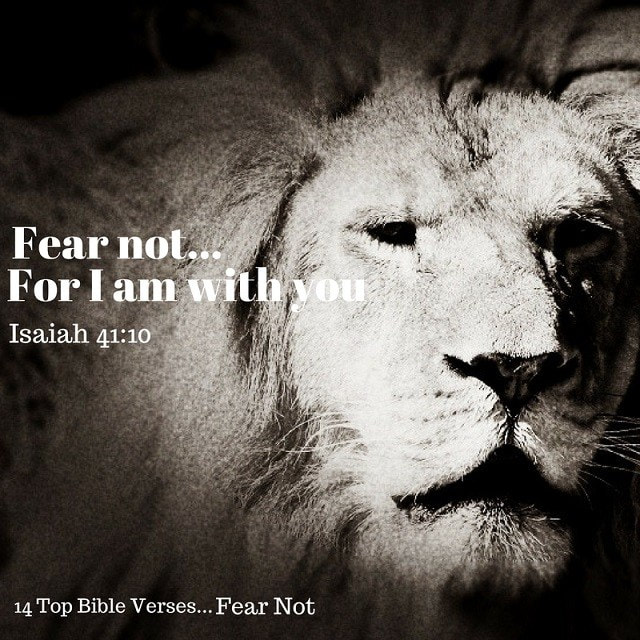“These are gospel moments. We can spread love, not fear, nor the virus. Let’s not waste this epidemic.”
The COVID-19 virus has spread from Asia to Europe and North America rapidly over the past week, bringing with it a level of panic and angst—everywhere from the supermarket to the stock market to the local church—not seen in recent times. The global tally is now more than 125,000 infected and more than 4,600 dead.
Churches in Singapore, which Billy Graham affirmed as the “Antioch of Asia,” have already weathered the anxiety now sweeping the world. On February 7, the nation-state’s government raised its national risk assessment level from Yellow to Orange, indicating “moderate disruption” to daily life—and in particular to large gatherings of people.
March 7 marked the one-month anniversary of Singapore—which has seen 166 cases but zero deaths—going Orange. This means that for the past month, local churches—which account for about 1 in 5 Singaporeans—have been forced into an extended period of self-examination, reflection, and action.
The process has not been straightforward, with a senior pastor afflicted with the coronavirus (and subsequently discharged), entire denominations suspending services, church-based preschools closing, and very public online disputes—in a nation that strictly enforces religious harmony—on how the situation is being handled by church leaders.
To help churches in the United States, Italy, Brazil, and other countries now facing decisions that churches in China, Korea, and Singapore have been grappling with for weeks, here are seven lessons the Singaporean church has learned over the past month:
1) Your church’s worship will change. Hold tight to what is sacred—and hold everything else loosely. Congregations are creatures of habit. Churches are built on traditions, liturgies, and order in worship. Over time, every church’s line between what is fundamental to the faith and what is merely institutionalized response gets blurred.
Does Communion have to be actual wine and unleavened bread to still count as holy? If you don’t actually lay hands on someone, are prayers of healing still effective? Does a church have to gather in the flesh to count as a congregation?
Every church, and every member of your church, will have different views on such often-undiscussed questions. The COVID-19 outbreak presents a needed moment of doctrinal stocktaking.
Every church board and pastoral staff team in Singapore has come together many times over the past month to grapple with what is non-negotiable in God’s eyes.
“The biggest lesson for me has been navigating the road between fear and wisdom,” said pastor Andre Tan of The City Church. “It is especially tough as fear often has a way to masquerade itself as wisdom. How many precautionary measures are actually sound judgment and how many are too much, such that they teeter over into irrational fear and anxiety?
“It is a tough road to navigate, as we had to both convey safety to our members—by way of implementing recommended health measures—and yet not succumb to the cultural climate of fear, anxiety, and self-preservation,” Tan told CT. “We do so in all our notices by ensuring that we are not just communicating measures but also casting a vision for how to be the people of God in this time.”
In practical terms, a church’s response will vary depending on its doctrine, local context, and exposure to suspected cases of COVID-19. There is no correct answer; all are seeking the most appropriate response in extraordinary times. Precautions that Singaporean churches have taken to maintain services include:
- Taking temperatures at worship services and smaller-scale gatherings.
- Mandating travel declarations and recording contact details of attendees to facilitate tracing of contacts if needed.
- Suspending gatherings of more vulnerable groups, such as the elderly or children.
- Suspending Communion, or moving to alternatives such as pre-packaged bread and wine.
- Moving away from hymnals to limit physical points of communal contact and using projection screens instead.



 RSS Feed
RSS Feed